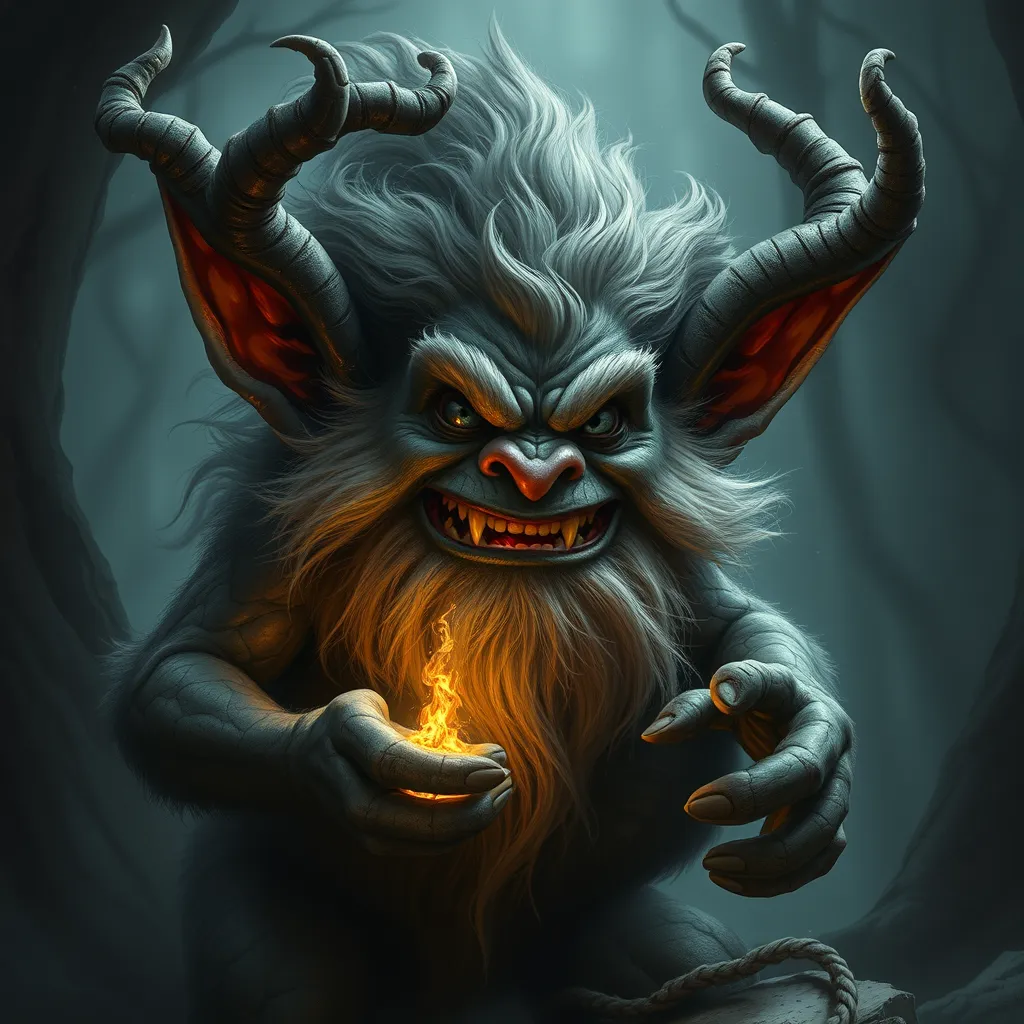The Naga in Art: Serpents in Sculptures, Paintings, and Textiles
I. Introduction
The Naga, a serpent-like creature prominent in various mythologies, holds significant cultural and spiritual meaning in many societies, particularly across Southeast Asia and India. Representing both protection and danger, the Naga embodies duality, making it a powerful symbol in art and religion.
This article explores the rich presence of Naga in different art forms, including sculpture, painting, and textiles. By examining its historical context and cultural significance, we aim to provide a comprehensive understanding of how the Naga has been portrayed and interpreted in art through the ages.
II. Historical Context of the Naga
The origins of Naga mythology can be traced back to ancient texts and folklore, where these beings are depicted as guardians of water and fertility. In Hinduism and Buddhism, the Naga is often associated with deities and revered as protectors of sacred spaces.
Across various regions, the Naga’s cultural significance varies:
- Southeast Asia: In countries like Cambodia and Thailand, Nagas are seen as divine beings that play a crucial role in local mythology.
- India: The Naga is often linked to water and fertility, appearing in numerous religious texts and sculptures.
Over time, the representation of the Naga in art has evolved, reflecting changes in cultural beliefs and artistic styles, yet its fundamental symbolism remains intact.
III. Naga in Sculpture
Naga sculptures are prominent in temple architecture, particularly in Hindu and Buddhist temples. These intricately carved figures often adorn the entrances, representing a protective force against evil spirits.
Some notable examples include:
- The Naga at Angkor Wat: This UNESCO World Heritage site features numerous Naga representations, intricately carved into stone balustrades.
- Wat Phra Kaew: The Temple of the Emerald Buddha in Thailand showcases stunning Naga sculptures that embody the cultural significance of these beings.
The symbolism in Naga sculptures often revolves around themes of protection, power, and fertility. The techniques and materials used in crafting these sculptures vary, with stone, wood, and metal being common choices. Artisans employ chiseling, carving, and casting methods to bring these mythical figures to life.
IV. Naga in Paintings
Naga representations extend beyond sculpture into the realm of painting, where they are depicted in both traditional and contemporary works. Traditional paintings often incorporate the Naga in scenes of mythology or religious narratives.
Iconography plays a significant role in Naga imagery, often depicting the creature in a dynamic pose, symbolizing its duality and strength. The storytelling aspect of Naga paintings allows viewers to engage with cultural tales, enhancing the spiritual experience.
In religious contexts, the Naga is often portrayed alongside deities, emphasizing its role as a protector. This can be seen in:
- Thangka Paintings: In Tibetan Buddhism, Thangka art often features Nagas in relation to various deities.
- Indian Miniature Paintings: These artworks frequently include Naga motifs, illustrating mythological stories.
V. Naga in Textiles
Naga motifs are prevalent in traditional textiles, where weaving and embroidery showcase intricate designs that tell stories and convey cultural significance. These textiles often reflect the identity of the communities that create them.
In various cultures, Naga motifs can be found in:
- Traditional Weavings: In regions like Northeast India, textiles often feature Naga patterns that symbolize heritage.
- Embroidered Fabrics: Many communities incorporate Naga imagery into their embroidery, highlighting its importance in daily life.
Contemporary adaptations of Naga symbols in fashion and textile arts have emerged, blending traditional motifs with modern designs, allowing for a resurgence of interest and appreciation for these cultural symbols.
VI. Thematic Interpretations of the Naga
The Naga embodies a fascinating duality: it is seen as both a protector and a destroyer. This complexity enriches its representation in art, as artists explore various thematic interpretations.
Key themes associated with the Naga include:
- Protector and Destroyer: The Naga serves as a guardian against evil, yet it can also represent chaos and destruction.
- Fertility and Water: The Naga is often linked to water sources, symbolizing life and fertility, crucial in agrarian societies.
- Contemporary Adaptations: Artists today reinterpret Naga symbolism, connecting it to modern issues and personal narratives.
VII. The Naga in Modern Art
The influence of traditional Naga motifs is evident in modern artistic expressions. Contemporary artists draw inspiration from these ancient symbols, infusing them with new meaning and context.
Case studies of contemporary artists include:
- Artist A: Incorporates Naga imagery in large-scale installations that explore themes of identity and culture.
- Artist B: Uses Naga motifs in graphic design, merging traditional elements with contemporary aesthetics.
The relevance of Naga symbolism in today’s global art scene highlights its enduring legacy, as artists continue to engage with and reinterpret these ancient symbols in innovative ways.
VIII. Conclusion
The Naga’s importance in various art forms is profound, reflecting its rich cultural heritage and spiritual significance. From sculptures and paintings to textiles, the representations of the Naga tell stories of protection, fertility, and duality.
As we reflect on the enduring legacy of the Naga in cultural expressions, it becomes clear that these serpentine figures continue to inspire and resonate within the realms of art and spirituality. Further exploration and appreciation of Naga art in diverse contexts can foster a deeper understanding of its significance in our world.



